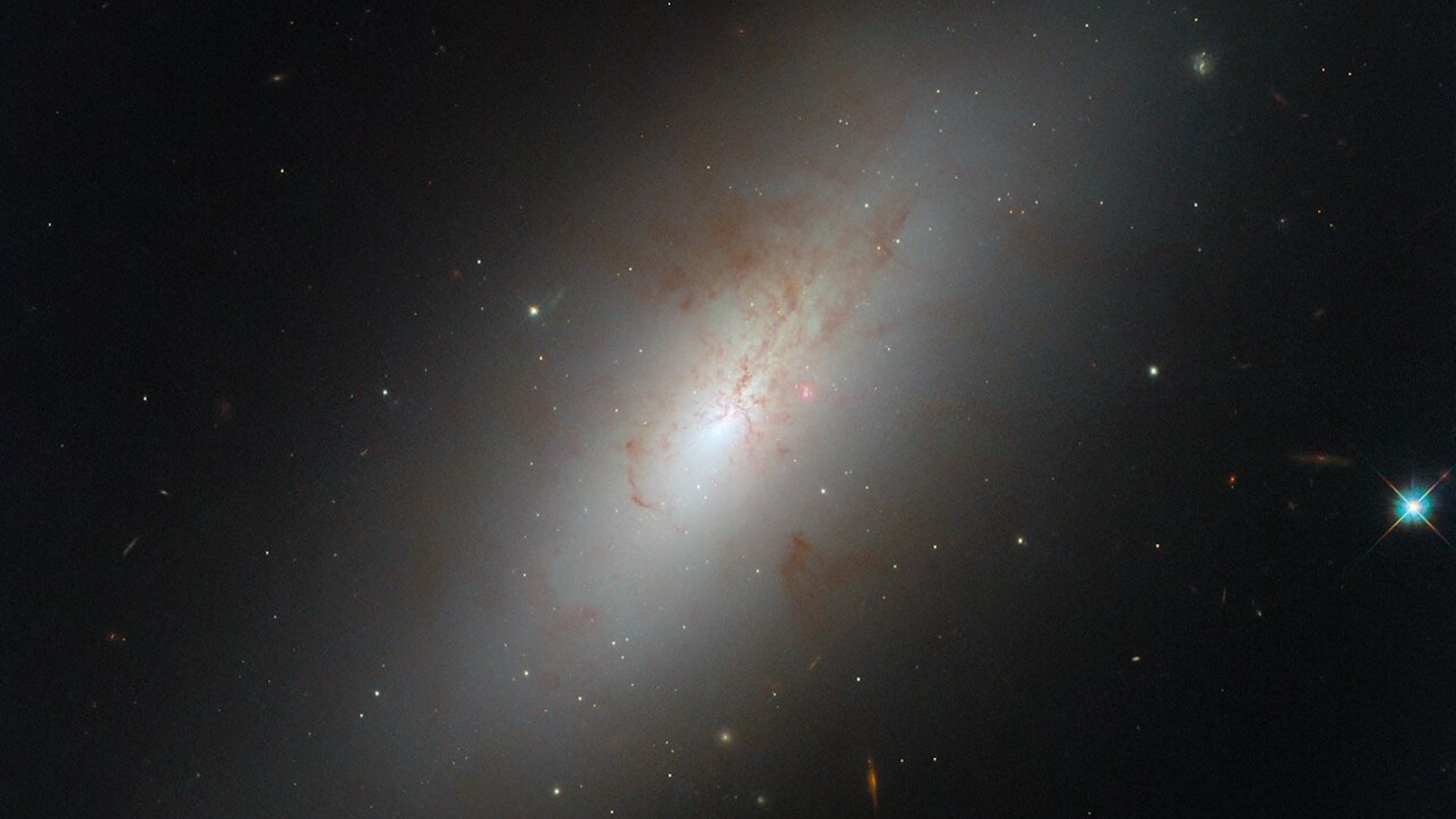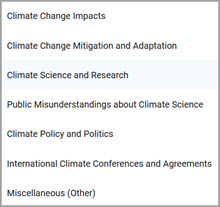The revolutions in power generation and vehicle technology are gaining momentum, and—given the climate crisis—they can’t come too soon.
Last year, renewables generated more electricity in the United States than coal for the first time, according to the US Energy Information Administration (EIA). US electric car sales, meanwhile, jumped 65% compared to 2021, while overall car sales last year declined from the previous year. Electric vehicles (EVs) accounted for 5.8% of all new cars sold in 2022, an increase from 3.1% in 2021, and in February, they accounted for 8.5% of total auto sales.
Projections of how quickly these transformations will advance have become more bullish over the years. A decade ago, the Department of Energy’s National Renewable Energy Laboratory (NREL) estimated that, based on the available technology, the United States could get 80% of its electricity from renewables by 2050. Now NREL says the country has the potential to reach 100% clean energy by 2035. And as recently as six years ago, EVs were considered a niche technology (and the billionaire Koch brothers and their network wanted to keep it that way). Today, the Union of Concerned Scientists (UCS) anticipates that at least 50 percent of US passenger car sales will be electric by 2030.
But don’t get too excited, at least not yet. There’s no guarantee that there will be a smooth transition to a clean energy economy or that US drivers will overwhelmingly embrace EVs in the coming decade. There are a lot of challenges to overcome.
For example, the US power grid is outdated. Most of it was built 50 to 60 years ago, and it was not designed to handle wind and solar energy. It was designed to run on oil, coal and fossil gas, which is typically transported by rail or pipeline and then burned in power plants sited in and around cities. By contrast, the places where wind and sunlight are the strongest are not necessarily anywhere near cities, where demand is the highest. That’s especially the case for the windiest wind. Solar panels always can go on top of buildings. The bottom line, the entire US transmission system will have to be transformed.
Likewise, infrastructure is an issue for EVs. Currently there more than 160,000 public EV chargers across the country, according to the analysis firm S&P Global Mobility. That’s a good start, but if the EV market share for new vehicles does reach 50 percent by 2030, the more than 35 million EVs on the road will need a lot more. And then there’s the demand all of those EVs will have on the electric grid—as well as the potential they will have to sustain the grid. Indeed, the future of the electric grid and the future of EVs are symbiotically interconnected.
To get a better idea of what needs to be done to make these absolutely necessary revolutions succeed, I got in touch with two of my colleagues here at UCS: Sam Gomberg, the transmission policy manager in our Climate and Energy Program, who focuses on clean energy integration and grid modernization issues; and Samantha Houston, a senior vehicles analyst in our Clean Transportation Program, who pays close attention to EV infrastructure and vehicle-grid integration. I started the conversation with Gomberg.
EN: Let’s talk a bit about the state of the US electricity grid. As climate change-related extreme weather events have become more frequent, blackouts have become more frequent. In 2021, the average ratepayer suffered more than seven hours without power. More than five of those hours were due to major extreme weather events, including hurricanes, wildfires and snowstorms, according to the EIA’s most recent annual power industry report. By contrast, between 2013 and 2016, the average customer outage was only three to four hours per year, and only about half of those hours were attributable to an extreme weather event.
SG: The impact of climate change-driven extreme weather events continues to be one of the biggest blind spots for the wide range of stakeholders—utilities, state utility commissions, grid operators and the Federal Energy Regulatory Commission (FERC)—that are responsible for planning, building and operating the electricity transmission system. We’re seeing the effects of that. And as big a risk as climate change is to the system’s reliability, it’s just one of several transformative changes underway that the transmission system is going to have to adapt to in the coming years. Decarbonizing and electrifying multiple economic sectors simultaneously, addressing systemic inequities, dealing with increasingly complex cybersecurity risks, and—on top of all of that, protecting the grid from climate change disasters. It’s a lot.
While there are certainly some bright spots around the country, collectively we are playing catch up when it comes to investing in a 21st century grid that will accommodate all of this change and do it efficiently and reliably. We need better, more transparent processes; better modeling and forecasting tools; and much better coordination across regions to get this done. At the same time, we need to move with unprecedented speed. It’s a monumental task, but it’s absolutely doable.
EN: Since the Biden administration took office, Congress has passed an infrastructure bill and the Inflation Reduction Act, both which include provisions to strengthen and modernize the grid. What will those provisions do, and will they be enough?
SG: Infrastructure bill and Inflation Reduction Act (IRA) funding runs the gamut, from grid investments to strengthen system resilience and connect it to clean energy, to competitive grant programs for new innovative solutions, grid planning technical assistance, and community outreach. It’s a historic investment in the nation’s electrical grid, but no, it won’t be enough. It was never meant to be. The goal is to accelerate private sector investment, not supplant it.
If implemented effectively, the two new laws will certainly finance a number of critical grid investments that will build system resilience and integrate another wave of clean energy. There’s upward of $20 billion for that. But the full suite of programs will help build an infrastructure (pun intended) of more efficient planning, regulatory frameworks, and financing options that will encourage a much larger scale of investment.
EN: There are seven regional grid operators across the country. Are they taking the necessary steps to make sure the country will be able to transition as quickly as possible from fossil fuels to renewables? What do they need to do?
SG: It varies significantly from one operator to another. There are four areas where grid operators are focused to varying degrees: enabling new energy resources to connect, planning and approving grid investments, reliably operating the existing grid, and administering the energy markets where utilities buy energy to meet customer demand.
Regional grid operators may be industry leaders in one area but lagging in others. For example, the Mid-Continent Independent System Operator (MISO) is widely considered an industry leader in planning and investing in the transmission system, but it is way behind in figuring out how to integrate battery storage and rooftop solar into the mix. Meanwhile, the California Independent System Operator (CAISO) is typically ahead of the other six grid operators because state policies have forced it to confront these challenges sooner rather than later. There are lessons to be learned from CAISO, both good and bad. The one thing that none of the operators seem to do very well is coordinate and collaborate with each other. And that’s a problem.
Ultimately every regional grid operator will have to plan proactively and make investments with an eye toward the transition that is already underway. That will include integrating an enormous amount of new clean energy resources in the coming years while allowing fossil fuels to drop out of the system. It also will include responding to all that is happening on the demand side of the equation due to building electrification, new tech and industrial demands, and widespread electric vehicle adoption—the three main demand-side drivers that will either provide huge opportunities or huge challenges depending on how proactive grid operators are.
EN: What about transmission lines? As I mentioned in my introduction, the grid will need new transmission lines to deliver electricity from far-flung renewables to the places that need it most. But it takes a long time to construct new lines. Between 2013 and 2020, they expanded only about 1% a year.
SG: Yes, as I said earlier, we have to move at an unprecedented pace to accelerate the clean energy transition and meet our decarbonization goals. But it is not uncommon for it to take 10 years to approve and build a new transmission project. That said, several projects can move forward at the same time if the planning, regulatory and approval process is designed correctly. And if it takes 10 years to build new grid infrastructure, then it will be critical to make sure investments are preparing the country for that future and not just putting a Band-Aid on today’s problems.
Where is the country going to be in 10 years when it comes to rooftop solar, or electric vehicles, or such new industries as battery storage? What will be the pace and scale of the clean energy transition? These are the questions we need to ask so that we’re right-sizing the grid of the future, making smart investments today, and not constantly playing catch up, like we are now. The infrastructure act and the IRA will give this transition a boost, but whether public and private sector players will be able to maintain that momentum is a key question. If the country is going to meet the challenge of powering a 21st century economy with a 21st century clean energy grid, they will have to.
EN: That brings us to EVs and the grid. Samantha, as you know, California—which has the largest car market in the country—is way ahead of everybody else. Last August, the state’s Air Resources Board adopted regulations requiring all new passenger car sales to be electric by 2035, and the 16 states and the District of Columbia that follow California’s lead on vehicle emission standards may follow suit. Altogether, California and its fellow travelers represent 43% of new car sales. How will these new vehicle standards impact grid planning? What will grid operators have to do to prepare?
SH: Grid operators have to plan and implement generation, transmission and distribution infrastructure to meet the energy needs of the EVs that will be on the road. California’s clean car standards give grid operators a forecast for which to plan. It is particularly important that they get their transmission and generation plans going in earnest for projects that have long lead times.
That planning also should include a more nimble, real-time approach to matching energy supply and demand. With more EVs, renewables, and other distributed energy resources, both supply and demand will be more variable throughout the day and day-to-day. Grid operators will have to rise to this new challenge.
In addition to the grid investments Sam mentioned, the infrastructure law and the IRA provide funding and incentives for EV charging stations. That support will help ensure that the infrastructure needed to encourage widespread EV adoption will be in place in the years to come.
EN: The relationship between EVs and the grid is a two-way street. EV owners could help stabilize the grid. How would that work?
SH: EV owners can support renewable energy integration and help operators stabilize the grid by practicing “smart charging,” which is also known as load management. Most EV drivers can be flexible about when they charge their cars. If drivers started charging their cars right after they got home from work, it would be exactly when the grid has to ramp up quickly to meet peak energy demand. It would be much better if drivers charged midday, when solar energy is abundant, or in the middle of the night, when demand on the grid is lowest and wind energy in some regions is plentiful. This one-directional vehicle-grid integration is critically important. It benefits both the grid and EV drivers, and there is no reason why all EV owners can’t practice smart charging right now.
EN: In a column you wrote last fall, you pointed out that an EV is a “battery on wheels.” Unlike a conventional gasoline-powered vehicle, an EV can be used for other functions besides transporting a driver from point A to point B.
SH: That’s right. In addition to smart charging, an EV can support the grid by using the battery to export power directly to the grid or to offset electricity demand that would otherwise be put on the grid, such as plugging an appliance into an EV battery instead of a wall socket.
EVs also can strengthen local resilience during outages, providing a lifeline to backup power if the regional grid goes down. For example, during an ice storm, hurricane, or public safety shutoff that has knocked out power, an EV that is designed to export its stored energy could provide power to a home or shelter until the electricity is restored.
EN: But there are complications, no?
SH: Yes, there are complications. For some vehicles, it’s the battery warranty, and some vehicles don’t come off the assembly line with the capability to export power. Besides that, upgrades may be required at a home or other places where a driver may want to export power.
There’s a bill in play in the California Legislature—S.B. 233—that addresses some of these potential stumbling blocks. It would require all EVs and charging equipment to be capable of bidirectional charging beginning in model year 2027 except where exempted by regulatory agencies. If passed, the bill would provide an option for all EV drivers to export power whenever they chose to do so.
Drivers whose EVs are not designed to export power to the grid yet may still be able to help. Newer pickup truck utility model EVs, such as the Ford F-150 Lightning and Rivian’s R1T, come with power outlets. Without any additional setup, owners could use them to power an appliance or tool at a home or worksite to offset the stress that device would otherwise put on the grid.
These are just a few examples of the ways EVs can support—and be supported by—the grid. Ideally, every EV driver or EV fleet operator would practice vehicle-grid integration in some way, but not every EV owner has to export power or be super-sophisticated about it. As I noted earlier, relatively simple, smart charging would provide benefits, and all EVs can do it now. EV drivers will need a variety of tools and programs to choose from, so there’s an opportunity for all EV owners to benefit and at the same time provide benefits to the grid through vehicle-grid integration while still using their vehicles for their main purpose—transportation.
EN: Finally, as you point out in your column, the best way to protect the grid—and the planet—is reduce demand by getting people out of their cars and trucks.
SH: Right. The best electric load is the load not taken—electricity not used in the first place. A way to avoid some of the increased demand expected from more EVs on the road is reducing the total number of miles that we drive. To do that at a meaningful scale, cities, states and the federal government need to enact policies that enable drivers to put fewer miles on their cars and trucks—or better still, own fewer cars and trucks—so that we need less energy for transportation. That’s why investments in public transit and infrastructure that increases mobility options, as well as less car-centric city planning, are important strategies to meet transportation energy needs. Besides smart charging, we need smart growth.

 1 year ago
74
1 year ago
74


